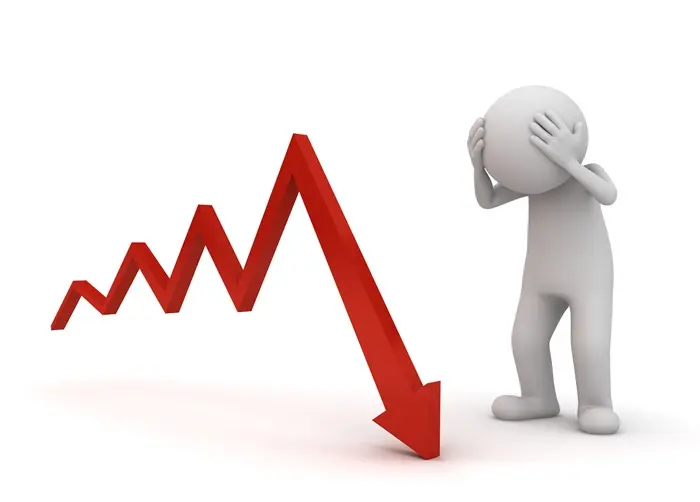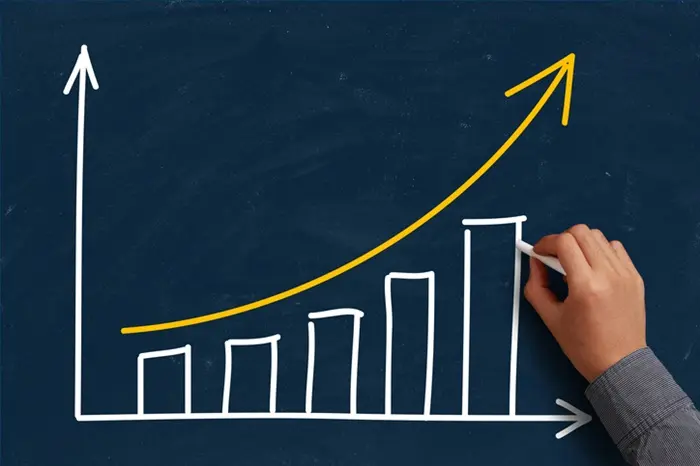When it comes to protecting your home and its infrastructure, having the right insurance coverage is crucial. While most homeowners are familiar with policies that cover damage to their property caused by fire, weather, or theft, many may overlook the importance of having sewer line insurance. Your home’s sewer line may not be something you think about on a daily basis, but it plays a critical role in keeping your household running smoothly. It is responsible for carrying all the wastewater from your sinks, toilets, and showers away from your home and into the municipal sewer system. However, sewer lines are susceptible to various issues that can result in damage and costly repairs.
Understanding what sewer line insurance covers and why it is essential is crucial to safeguarding your home and finances. This article will delve into the specifics of sewer line insurance, including its cost, coverage, repairs and replacements, additional services covered, limitations and exclusions, and how to choose the right insurance plan. Whether you live in an older home with an aging sewer line or a newer property, it is vital to explore your options for sewer line insurance and ensure you have the necessary coverage to protect against unforeseen damages.
Understanding Sewer Line Insurance
Sewer line insurance, also known as sewer backup coverage or sewer line endorsement, is a type of insurance that provides financial protection in the event of damage or issues related to your home’s sewer line. It is usually an add-on to your existing homeowner’s insurance policy. Sewer line insurance is specifically designed to cover damages caused by sewer line backups, clogs, leaks, or collapses. These issues can occur due to a variety of factors, including tree root intrusion, aging pipes, soil settlement, or from debris and grease buildup in the sewer system. When these problems arise, they can lead to significant damage to your property, including flooded basements, sewage backups, and structural issues.
Without sewer line insurance, homeowners are left responsible for the potentially hefty costs associated with repairing or replacing damaged sewer lines. This can amount to thousands of dollars in expenses, not to mention the inconvenience and disruption to your daily life while repairs are being made.
Cost of Sewer Line Insurance
The cost of sewer line insurance can vary significantly depending on several factors. These include the location of your home, the age and condition of your sewer line, the coverage limits you choose, and the insurance provider you select. While it is impossible to give an exact cost without a detailed assessment of your specific situation, here are some general guidelines to help you understand what you might expect to pay for this type of insurance.
1. Location
The geographic location of your home can have a significant impact on the cost of sewer line insurance. Areas with older infrastructure, higher soil moisture content, or a history of severe weather events may have higher rates due to the increased risk of damage. Conversely, newer developments with modern infrastructure and lower risk factors may have lower premiums.
2. Age and Condition of Sewer Line
The age and condition of your sewer line are also important factors in determining the cost of insurance. Older pipes, particularly those made of materials like clay or cast iron, are more susceptible to cracks, leaks, and collapses. Insurance providers may charge higher premiums for homes with aging sewer lines due to the increased likelihood of claims. Conversely, newer pipes made of more durable materials like PVC or HDPE may have lower premiums.
3. Coverage Limits
The coverage limits you choose will also affect the cost of sewer line insurance. Higher coverage limits provide more financial protection in the event of a claim but will result in higher premiums. Conversely, lower coverage limits may have lower premiums but may not provide sufficient protection to cover the full cost of repairs or replacements. It is important to carefully consider your needs and budget when selecting coverage limits to ensure you have adequate protection without overpaying for insurance.
4. Insurance Provider
The insurance provider you select will also play a role in determining the cost of sewer line insurance. Different companies may have different pricing structures, risk assessments, and claims handling processes. Shopping around and comparing quotes from multiple providers can help you find the best deal for your specific situation. Be sure to read the fine print and understand the terms and conditions of each policy before making a decision.
Coverage, Repairs, and Replacements
Sewer line insurance typically covers the cost of repairing or replacing damaged sewer lines, as well as any associated cleanup and restoration costs. This can include:
1. Repairing Leaks and Clogs
If your sewer line develops a leak or becomes clogged, insurance may cover the cost of diagnosing the problem, digging up the affected area, and repairing or clearing the line.
2. Replacing Collapsed Pipes
In cases where the sewer line has collapsed or broken, insurance may cover the cost of replacing the damaged section of pipe with new, durable material.
3. Cleanup and Restoration
After a sewage backup or other damage, insurance may cover the cost of cleaning up the affected area and restoring it to its original condition. This can include removing contaminated materials, disinfecting surfaces, and repairing any structural damage.
Additional Services Covered
In addition to covering the cost of repairs and replacements, some sewer line insurance policies may also include additional services such as:
1. Emergency Service
Coverage for emergency repairs and cleanup services may be available to help minimize damage and restore your home as quickly as possible after a sewage backup or other incident.
2. Preventive Maintenance
Some policies may offer coverage for preventive maintenance services such as regular inspections and cleaning of the sewer line to help identify and address potential issues before they become serious problems.
3. Coverage for Additional Structures
If your home includes additional structures such as a garage, shed, or detached home office, some policies may provide coverage for damage to these structures caused by sewer line issues.
Limitations and Exclusions
While sewer line insurance provides important financial protection, it is important to understand the limitations and exclusions of your policy. Some common exclusions may include:
1. Normal Wear and Tear
Insurance typically does not cover damage caused by normal wear and tear or the natural aging process of the sewer line.
2. Neglect or Improper Maintenance
If damage is caused by neglect or improper maintenance of the sewer line, such as allowing debris to build up or ignoring warning signs of potential issues, insurance may not cover the cost of repairs.
3. Pre-Existing Conditions
Insurance policies may not cover damage caused by pre-existing conditions such as known leaks, cracks, or collapses in the sewer line.
4. Acts of Nature
While some policies may provide coverage for damage caused by severe weather events such as hurricanes or floods, others may exclude these events due to their high potential for causing widespread damage.
5. Intentional Damage
Insurance will not cover damage caused by intentional acts such as vandalism or sabotage.
Choosing the Right Sewer Line Insurance Plan
When choosing a sewer line insurance plan, it is important to carefully consider your needs and budget. Here are some tips to help you make an informed decision:
1. Assess Your Risk
Start by assessing the risk of damage to your sewer line based on factors such as the age and condition of the pipe, the soil type and moisture content in your area, and the history of severe weather events. This will help you determine the level of coverage you need.
2. Compare Policies and Quotes
Shop around and compare policies and quotes from multiple insurance providers. Look for policies that offer comprehensive coverage at a competitive price. Be sure to read the fine print and understand the terms and conditions of each policy before making a decision.
3. Consider Additional Coverage
Depending on your specific needs, you may want to consider adding additional coverage such as emergency service, preventive maintenance, or coverage for additional structures.
4. Check for Discounts
Some insurance providers may offer discounts for certain features or conditions, such as installing a backwater valve or having a newer, more durable sewer line. Ask your insurance provider about any potential discounts that may be available to you.
5. Review Your Policy Regularly
It is important to review your policy regularly to ensure it still meets your needs and budget. As your home and circumstances change, you may need to adjust your coverage limits or add additional coverage.
Conclusion
Sewer line insurance is an important type of coverage that can provide financial protection in the event of damage or issues related to your home’s sewer line. While the cost of insurance can vary depending on several factors, understanding the key drivers of pricing and shopping around for the best deal can help you find affordable coverage that meets your needs. By carefully selecting a policy that offers comprehensive coverage at a competitive price, you can safeguard your home and finances against the potential costs of repairing or replacing damaged sewer lines.
In summary, sewer line insurance is a valuable addition to your homeowner’s insurance policy that can provide peace of mind and financial protection in the event of unexpected damage. By understanding the cost, coverage, and limitations of different policies, you can make an informed decision and choose the right plan for your specific situation. Remember, the key to finding the best deal is to shop around, compare quotes, and read the fine print to ensure you have adequate protection without overpaying for insurance.
Related topics:

































